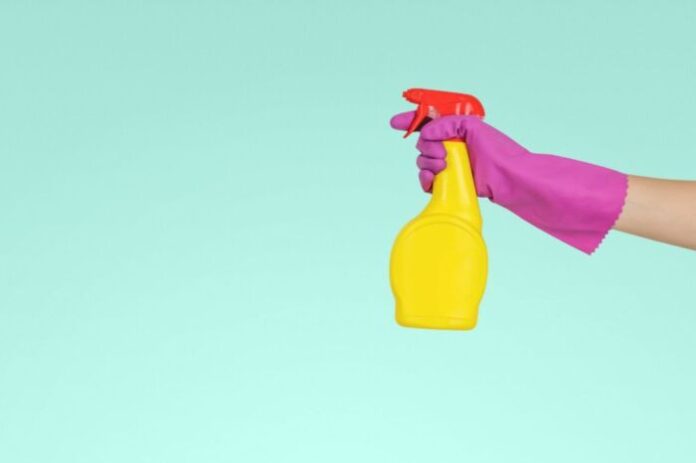
Greenpeace has released a guide to the purchase of detergents to allow you to choose plastic-free products, often used as ingredients in detergents and soaps for laundry, surfaces and dishes and destined to end up in the environment.
Last July the environmental organization, with the report “Liquid plastic: the latest trick to poison our sea”, had already denounced the presence of plastics in solid form (known as microplastics), liquid, semi-solid or soluble in numerous detergents on the Italian market. “In the coming weeks, due to the new restrictions due to the pandemic, we will be spending a lot more time indoors than we are likely to take to care for it. We therefore try to buy products free of plastic ingredients, in whatever form they present themselves, in order not to aggravate global contamination ”says Giuseppe Ungherese, Greenpeace pollution campaign manager.
“It is essential – writes the association – to prohibit the use of all plastic materials used as ingredients in commonly used products – not only solids, but also liquid, semi-solid or soluble ones – without any minimum particle size limit: the smaller they are, the greater their danger for the planet but also for us because they can potentially penetrate directly into the tissues. While the European regulatory process is taking its course, each of us can already do our part by immediately avoiding purchasing products containing plastic in solid, liquid, semi-solid or soluble form”.
Greenpeace has produced two versions of the guide, a printable version and a digital version available only online. Both contain a list of the plastic ingredients most used by companies in detergents. This list can be compared with the ingredient list of each product, often not easy to consult and find, available on the official websites of the brands. In the digital version there are links to the web pages of the best known brands, while in the printable version there is a QR code, which refers to the online version of the guide, to facilitate the search for the ingredients of the products on the companies’ websites for example your smartphone.
“All plastics used as ingredients in detergents inevitably end up being dispersed into the environment, reaching our seas. This is because in many cases the filters of the waste water treatment plants are unable to effectively retain all the solid particles present in the domestic sewage, ”explains Ungherese. “Even the plastics that are retained, whether in solid, liquid or semi-solid form, are often dispersed into the environment with the sewage sludge scattered in the fields as fertilizers for agricultural production”.
In the coming months, Europe will evaluate the proposal of ECHA (European Chemicals Agency) to ban the use of intentionally added microplastics in numerous consumer products. For months Greenpeace, with the petition “Let’s stop Microplastics”, has been asking for the proposal to be more ambitious and to prohibit, as soon as possible, in addition to the use of solid plastic particles of any size, also all liquid, semi-solid and soluble used as ingredients in many commercial products.



































